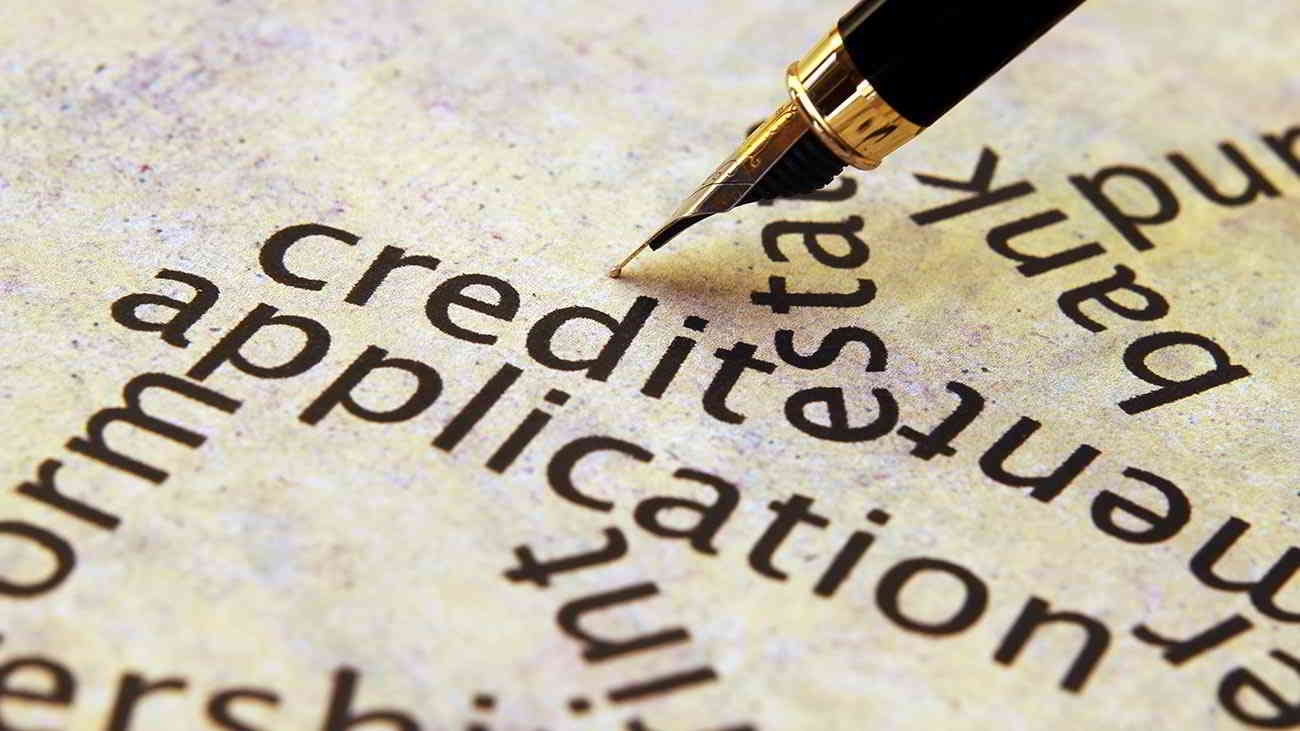10 Commonly Used Personal Loan Terms

 Sometimes looking for financing, like a personal loan, means that you’ll see and hear terminology you haven’t encountered before. This jargon can make the personal loan process more confusing for someone who is new to the loan search.
Sometimes looking for financing, like a personal loan, means that you’ll see and hear terminology you haven’t encountered before. This jargon can make the personal loan process more confusing for someone who is new to the loan search.
While you’re doing your research on the loans available in the market, make sure you understand all of the abbreviations and personal loan terms you might come across. To help, we’ve put together a list of ten common loan terms and phrases.
- Annual Percentage Rate (APR)
The annual percentage rate, or APR, refers to the total cost of credit. When taking out a personal loan, a borrower has to pay back not only the loan amount, but also a finance charge. This finance charge includes interest and loan processing or handling fees and is based as a yearly rate. - Collateral
Collateral is a specific form of security (think of a security deposit on an apartment, condominium, or home you might be renting). With loans, personal property — which is property you own free and clear, like a home or a car — is used to guarantee repayment of a loan. These loans are referred to as secured loans. Unsecured loans don’t require the use of collateral (they do, however, charge a higher interest rate than a secured loan). - Credit Bureau
Credit bureaus are also sometimes referred to as credit agencies or consumer reporting agencies. These are companies that research and pull together all of your consumer credit information (your credit history) in order to create a report that financial institutions, lenders, and others use as a way to determine whether or not giving you a loan is risky. - Credit History
This is the sum of your consumer credit information. This includes all of your current debts and your repaid debts. The credit history is what the credit bureaus use to create your credit report. - Credit Report
A credit report is just as it sounds, a reporting of a person’s entire credit history. These are prepared credit bureaus (the largest of which are Experian®, Equifax®, and TransUnion®). Lenders and financial institutions use credit reports in order to determine a loan applicant’s creditworthiness. - Debt Consolidation
Debt consolidation is a way in which someone can pay off their existing debt by taking out a loan (normally one with a low-interest rate or better terms than the current loans) to pay off that debt. - Interest
Interest is basically the amount of money a person pays in order to use a loan — it’s almost like a rental payment on the loan. The amount of interest on a loan amount is a percentage of the loan amount itself. Interest doesn’t include fees. The fees and other charges are included with interest in calculating the Annual Percentage Rate. - Pre-Payment Penalty
This is a fee that a lender will charge a borrower who pays off the loan before it becomes due. Not every lender will charge a pre-payment penalty, so it’s important to carefully research and find a lender who won’t penalize you for paying off the loan early. - Principal
The principal of a personal loan is the amount borrowed, not including interest. - Term
Term, when referring to a loan, means the amount of time a borrower has to repay the loan before it’s due in full (plus interest and any fees).
If you still have questions about any part personal loan terms, or if you feel you need help in finding the right financial solution for your unique situation, we’re here for you. You can either complete our online loan solutions form or call us toll-free at 888-401-0330 to speak with one of our experienced financial search specialists.











